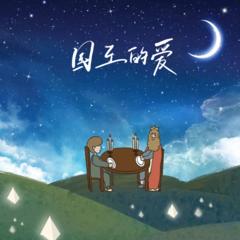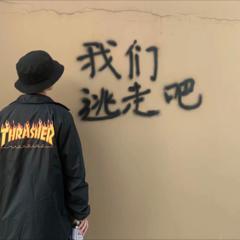Tex Ritter
by Jason AnkenySinging cowboy Tex Ritter stood as one of the biggest names in country music throughout the postwar era, thanks to a diverse career that led him everywhere from the Broadway stage to the political arena. He was born Maurice Woodward Ritter in Marvaul, TX, on January 12, 1907, and grew up on a ranch in Beaumont. After graduating at the top of his high school class, he majored in law at the University of Texas. During college, however, he was bitten by the acting bug and moved to New York in 1928 to join a theatrical troupe. After a few years of struggle, he briefly returned to school, only to leave again to pursue stardom.Ritter was playing cowboy songs on the radio when he returned to New York in 1931 to act in the Broadway production Green Grow the Lilacs; during scene changes, he also performed on his guitar. Thanks to his success on the stage, he began hosting radio programs like Tex Ritters Campfire and Cowboy Toms Roundup before entering the studio with producer Art Satherley in 1933, where his deep, lived-in voice graced songs like Rye Whiskey. He caught the attention of Hollywood producer Edward Finney, who was searching for a cowboy singer in the mold of the highly successful Gene Autry and was tapped to star in the 1936 Western Song of the Gringo. Over the next two years, Ritter starred in a dozen films, including 1937s Trouble in Texas (co-starring a young Rita Hayworth), before Finneys studio, Grand National Pictures, folded. Ritter then switched to Monogram Studios, for whom he made some 20 Westerns, including 1940s Take Me Back to Oklahoma with co-star Bob Wills; work at Columbia and Universal followed, and by the time of his movie swan song, 1945s The Texas Rangers, he had appeared in a total of 85 films. As Ritters Hollywood career went into decline, his music career began to blossom, and in 1942, he became the first country artist signed to Capitol Records, where he recorded everything from traditional folk tunes to patriotic material to sentimental songs. In 1944, Tex Ritter & His Texans topped the charts with the single Im Wastin My Tears on You. The records flip side, Theres a New Moon Over My Shoulder, peaked at number two, as did the follow-up Jealous Heart. 1945s You Two-Timed Me One Time Too Often proved to be Ritters greatest success, holding at number one for 11 consecutive weeks. Among his other successes in the 1940s were 1945s number one You Will Have to Pay, 1948s Rock and Rye, and 1950s Daddys Last Letter (Private First Class John H. McCormick), based on the actual correspondence of a soldier slain during the Korean War.Ritter recorded the theme to the Fred Zinneman classic High Noon in 1953, and the resulting single proved extremely successful with pop audiences, helping win him the job as the MC of the television program Town Hall Party, which he hosted between 1953 and 1960. In 1958, he issued his first full-length LP, Songs From the Western Screen, followed the next year by Psalms. After leaving Town Hall Party, he released the LP Blood on the Saddle, a dark collection of cowboy narrative songs, and in 1961, he returned to the country charts after an 11-year absence with the Top Five hit I Dreamed of a Hillbilly Heaven. In 1963 Ritter began a two-year tenure as the president of the Country Music Association, and in 1965 he moved to Nashville to join the Grand Ole Opry. After an unsuccessful bid for the U.S. Senate in 1970, Ritter died of a heart attack on January 2, 1974; his son John Ritter carried on the family name as a popular actor in TV sitcoms like Threes Company and Hooperman.


 我借人间二两墨(DJ Eva版伴奏) - 任夏
我借人间二两墨(DJ Eva版伴奏) - 任夏























